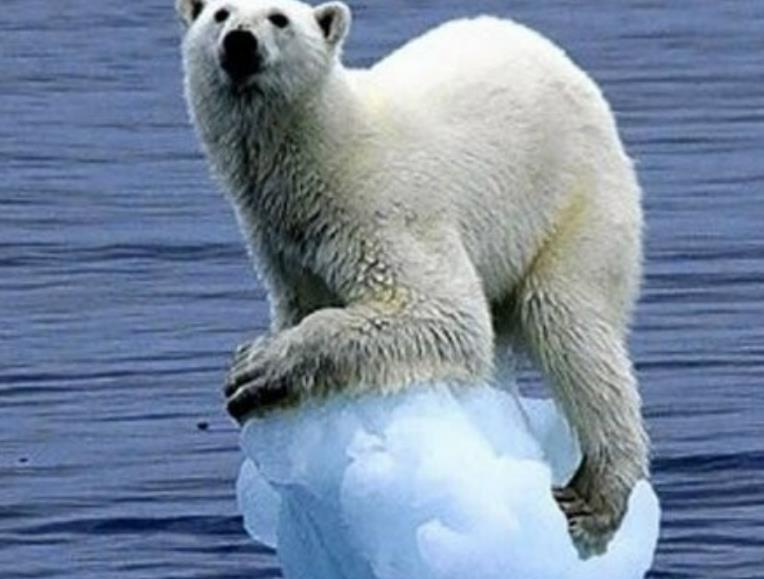Snow is one of the most beautiful and delicate natural phenomena. It covers the mountains and the plains with a white blanket that reflects sunlight and cools the Earth. But snow is also vulnerable to pollution, especially black carbon, which darkens its surface and makes it absorb more heat. This accelerates snowmelt and reduces the availability of fresh water for billions of people.
However, a new study published this month in the journal Nature Communications has some good news for snow lovers. The study projects that snow across the Northern Hemisphere will get whiter by the end of this century, thanks to the reduction of black carbon emissions from fossil fuels. This could partially offset the effects of global warming and slow down the rate of snow loss.

The Impact of Black Carbon on Snow
Black carbon is a type of fine particle that is produced by incomplete combustion of wood and fossil fuels. It is one of the most potent climate pollutants, as it can warm the atmosphere by absorbing solar radiation and reducing cloud formation. It can also deposit on snow and ice, reducing their albedo (reflectivity) and increasing their melting.
According to the study, black carbon is responsible for about 13% of the solar radiation absorbed by snow in the Northern Hemisphere. This means that black carbon has a significant impact on the snowpack, which is the amount of snow accumulated on the ground over time. Snowpack is a vital source of fresh water for many regions, especially in Asia and North America.
The study estimates that black carbon pollution has reduced the snowpack in the Northern Hemisphere by about 5% between 1995 and 2014. This is equivalent to losing an area of snow cover larger than California every year.
The Future of Snow Under Different Emissions Scenarios
The study used simulations to assess how much soot will land on snow in the next several decades, under two different emissions scenarios: one where we continue to burn fossil fuels at a high rate (RCP8.5), and one where we take action to reduce greenhouse gas emissions (RCP4.5).
The study found that in both scenarios, black carbon pollution in snow-covered regions across the Northern Hemisphere will decrease between 2015 and 2100, due to the implementation of air quality policies and the transition to cleaner energy sources. This will make the snow cleaner and brighter, reflecting more sunlight and cooling the Earth.
In the high-emissions scenario (RCP8.5), global warming will still cause a significant loss of snowpack, up to 58% compared to today. However, cleaner snow will reduce the rate of snow loss by about 8%, saving some water resources and ecosystems.
In the low-emissions scenario (RCP4.5), global warming will be less severe, and snowpack loss will be limited to about 15% compared to today. Cleaner snow will have a smaller effect on slowing down snow loss, but it will still be beneficial for the environment.
The Implications of Cleaner Snow for Climate Change
The study shows that cleaner snow could have a positive feedback effect on climate change, by reflecting more sunlight and reducing global warming. This could buy us some time to adapt to the impacts of climate change and implement more mitigation measures.
However, cleaner snow alone cannot solve the climate crisis. We still need to reduce our greenhouse gas emissions drastically to avoid dangerous levels of warming and its consequences. As Dalei Hao, one of the authors of the study, said in a statement: “Snow is not just snow. There’s clean snow and there’s dirty snow, and how they respond to sunlight is very different.”
